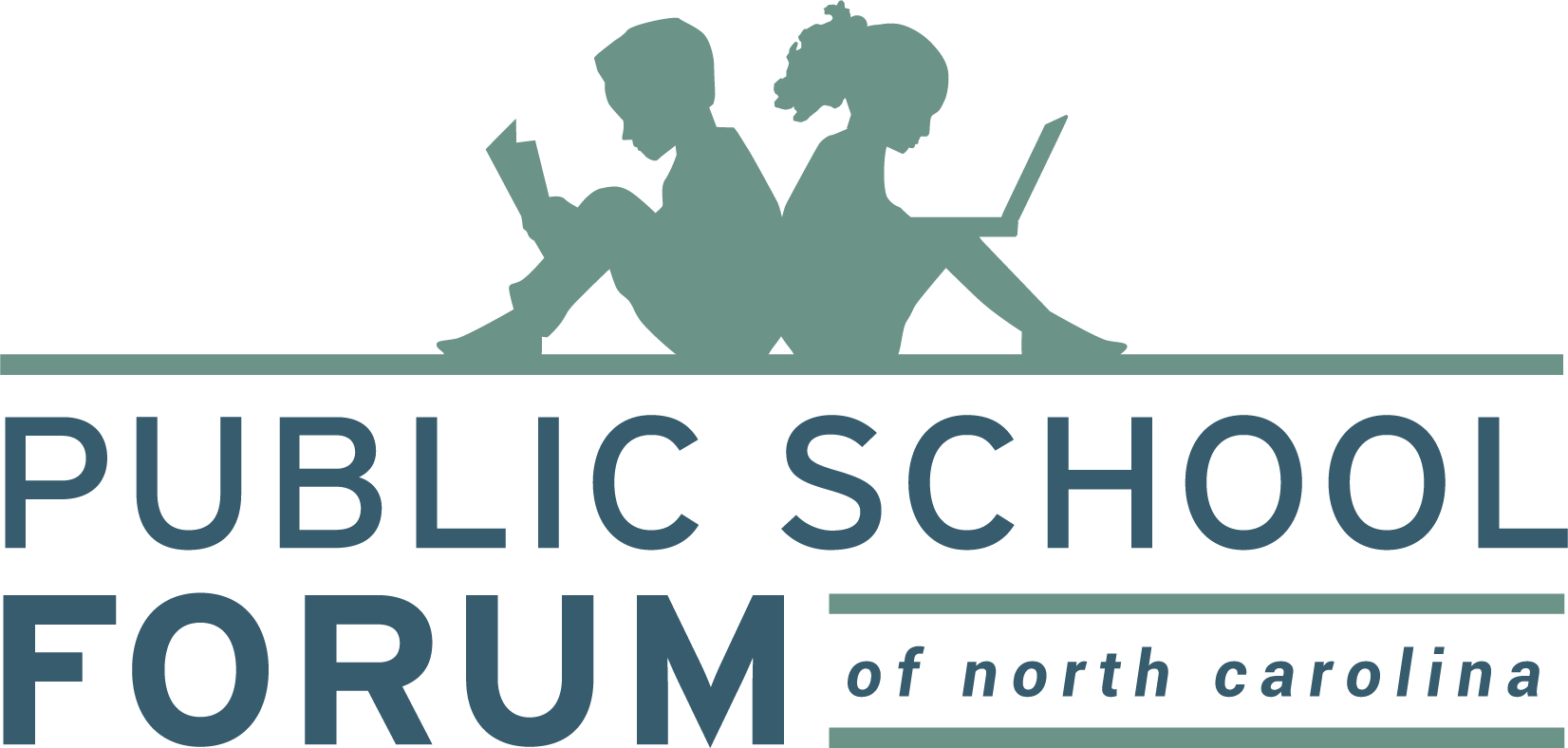|
Subscribe to Our Newsletters
Get Connected with an Expert
Friday Report – September 22, 2017
This week in #nced: The Principal Pay Situation in NC; Court of Appeals Decisions Affect Ed Policy
This week in #nced: The Principal Pay Situation in NC; Court of Appeals Decisions Affect Ed Policy
by Forum Admin
|

Leave a Reply